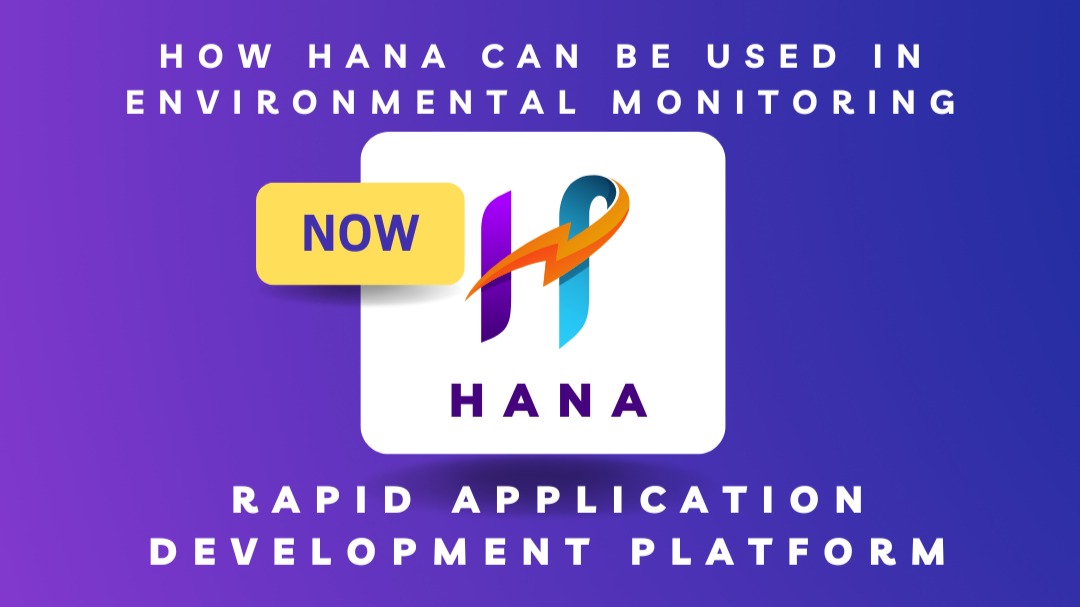- by admin
- April 22, 2025
How HANA Can Be Used in Environmental Monitoring

Environmental monitoring is essential for understanding, protecting, and managing our natural resources. HANA, with its real-time data analytics capabilities, provides powerful tools to enhance environmental monitoring, enabling faster decision-making, improved compliance, and proactive management of environmental risks. Here are some ways HANA can be leveraged in environmental monitoring:
1. Real-Time Data Collection
– Implementation: Use HANA to aggregate data from various environmental sensors and monitoring systems, such as air quality, water quality, and weather stations.
– Benefits: Immediate access to real-time data allows for timely decision-making and rapid response to environmental changes.
2. Predictive Analytics
– Implementation: Analyze historical environmental data to predict future trends, such as pollution levels or climate patterns.
– Benefits: Enables proactive measures and mitigates potential environmental risks by anticipating changes.
3. Data Visualization
– Implementation: Utilize HANA’s data visualization tools to create interactive dashboards and reports for stakeholders.
– Benefits: Provides clear visual representations of environmental data, enhancing understanding and communication with the public and decision-makers.
4. Compliance Monitoring
– Implementation: Use HANA to monitor compliance with environmental regulations and standards.
– Benefits: Automates compliance tracking, ensuring adherence to legal requirements and reducing the risk of penalties.
5. Resource Management
– Implementation: Apply HANA to optimize the management of natural resources, such as water and energy, through real-time monitoring and analytics.
– Benefits: Promotes sustainability and conservation by reducing waste and supporting efficient resource use.
6. Impact Assessment
– Implementation: Analyze the environmental impact of activities like industrial operations or construction projects.
– Benefits: Informs decision-making regarding project approvals and land use by assessing potential environmental impacts.
7. Community Engagement
– Implementation: Develop applications that allow communities to report environmental concerns, such as pollution or illegal dumping, using HANA.
– Benefits: Involves the public in environmental monitoring, fostering responsibility and enabling authorities to respond quickly to local issues.
8. Long-Term Environmental Studies
– Implementation: Use HANA to manage and analyze large datasets collected over time for long-term environmental studies.
– Benefits: Informs research and policy decisions related to conservation and sustainability by revealing trends and patterns.
By integrating HANA into environmental monitoring efforts, organizations can track environmental changes more effectively, ensure regulatory compliance, and promote sustainable resource management.
